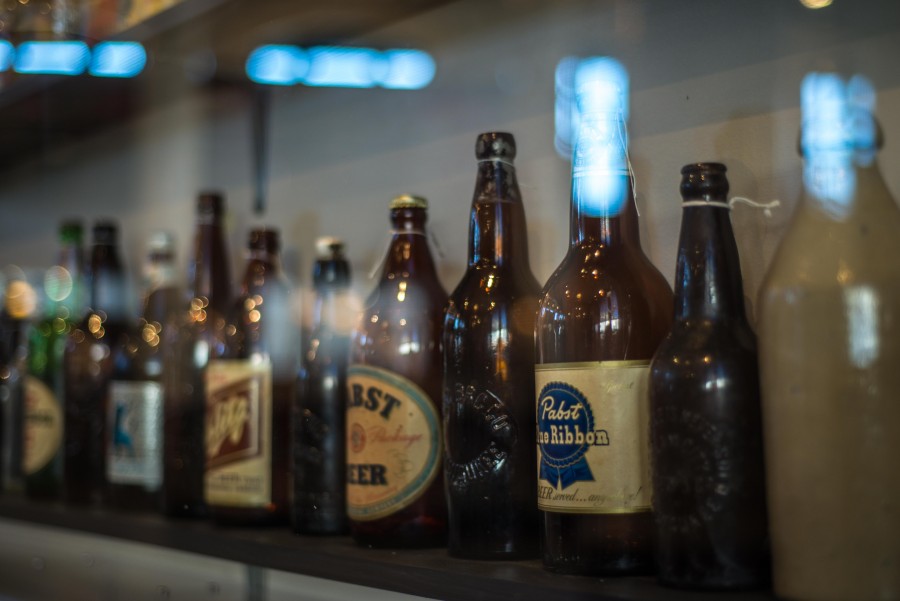The Milwaukee County Historical Society recently launched Brew City MKE, an exhibit dedicated to celebrating how the city became the beer capital of the U.S. The exhibit is on display until April 30.
Brew City MKE includes a collection of artifacts, featuring archive videos of the Pabst brewery, various beer bottles from Miller Brewing Company, as well history of the various corporations and how they have expanded nationwide. Admission is $7 per person, and children under the age of 12 can get in for free.
Ben Barbera, associate curator of the Society, said this is one of the best collections the museum has offered. The exhibit features over 60,000 items.
“The biggest challenge was where to stop telling the story,” Barbera said.
There was a lot of information available on the different families that brewed their own products in town, and the curators didn’t want to alienate visitors from understanding the complex history of brewery products.
“When you’re talking about the brewing families and how they all sort of intermarried, it can get very complicated, and you can write a whole book about that,” Barbera said.
The first floor of the exhibit contains the former bank vault that was housed before the Society moved in the building and turned it into a beer cave replica. In the past, beer caves were used to store beer and other products to keep it cold.
Multiple products from the Pabst and Miller companies, as well as the various histories of the families that brewed in the city, are displayed on the second floor. There are multiple events coming up to complement the exhibit, such as “Evolution to Revolution” on March 10, which features a panel discussion about how brewing has grown from a hobby into a leading job. The event will be moderated by well-known beer experts like Mark Garthwaite, executive director for the Wisconsin Brewers Guild.
The exhibit has received a positive response. Since its opening in early Janurary, 750 people have visited.
Mame McCully, executive director of the Milwaukee County Historical Society, said travelers have come from as far as six to seven hours outside of the city to see all of the different items and artifacts.
The Society reached out to friends to obtain artifacts that show off the rich history of brewing.
Kevin Abing, the Society’s archivist, said that he wishes there were more photos and records that could have been added to the collection.
“There was a lot of material that didn’t come to us, unfortunately,”Abing said.
He suspects that as the breweries were closing up shop, employees took some of the records, photos or other memorabilia for personal use.
In the past, the Society displayed exhibits like World War II, a circus theme and one for the various festivals that have gone on in town.
“We love to see more pieces come out,” McCully said. “That’s why we rotate through the exhibits, so we can show a lot of our collections over time.”

